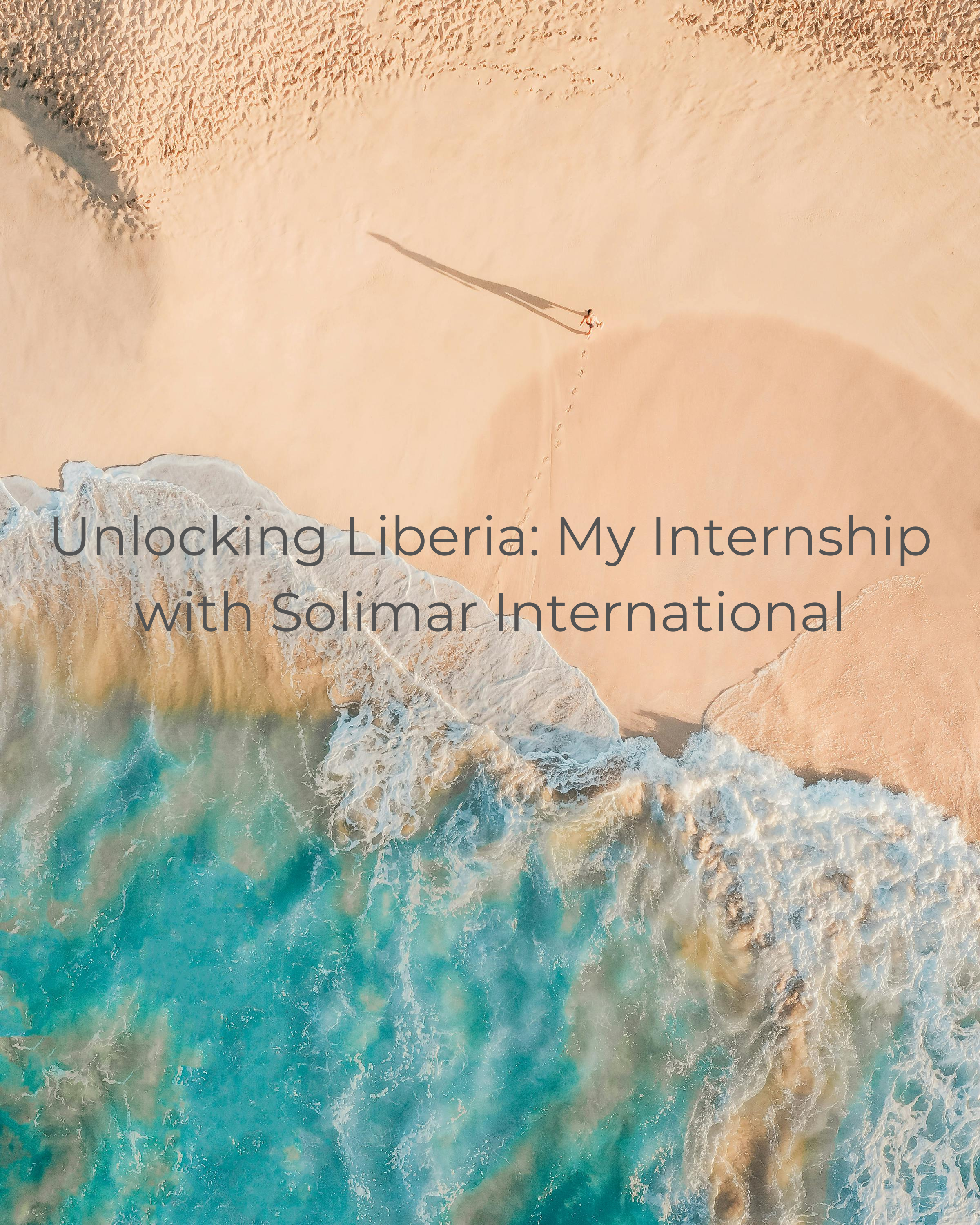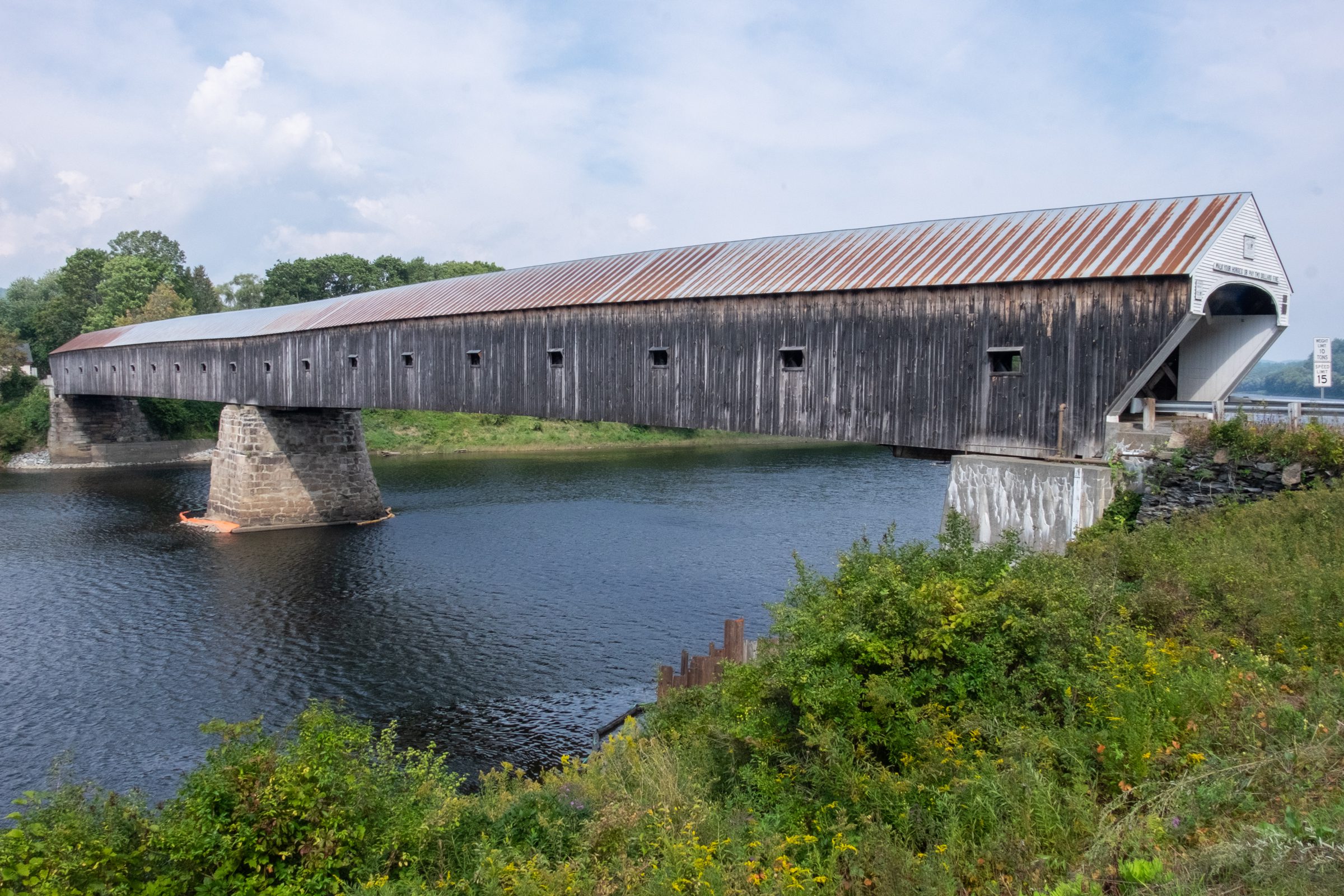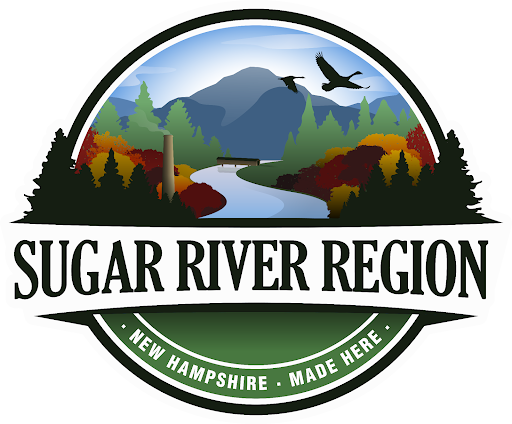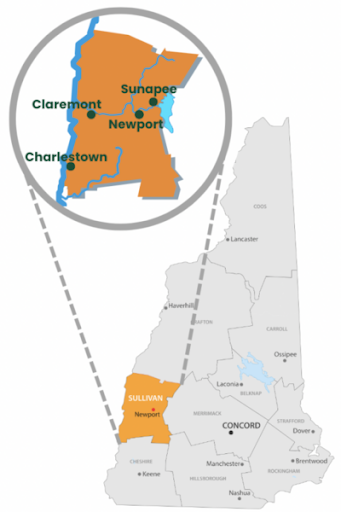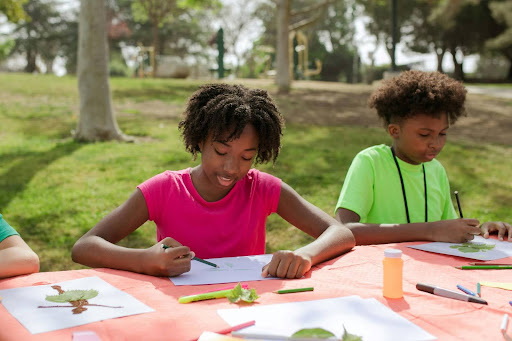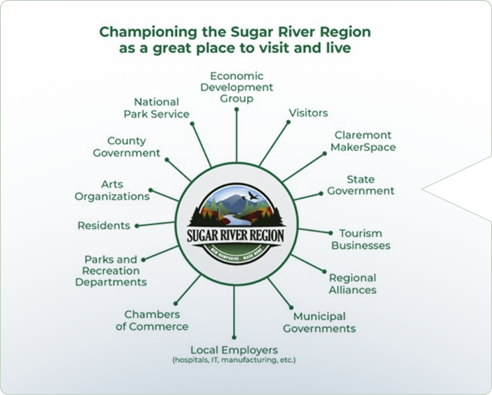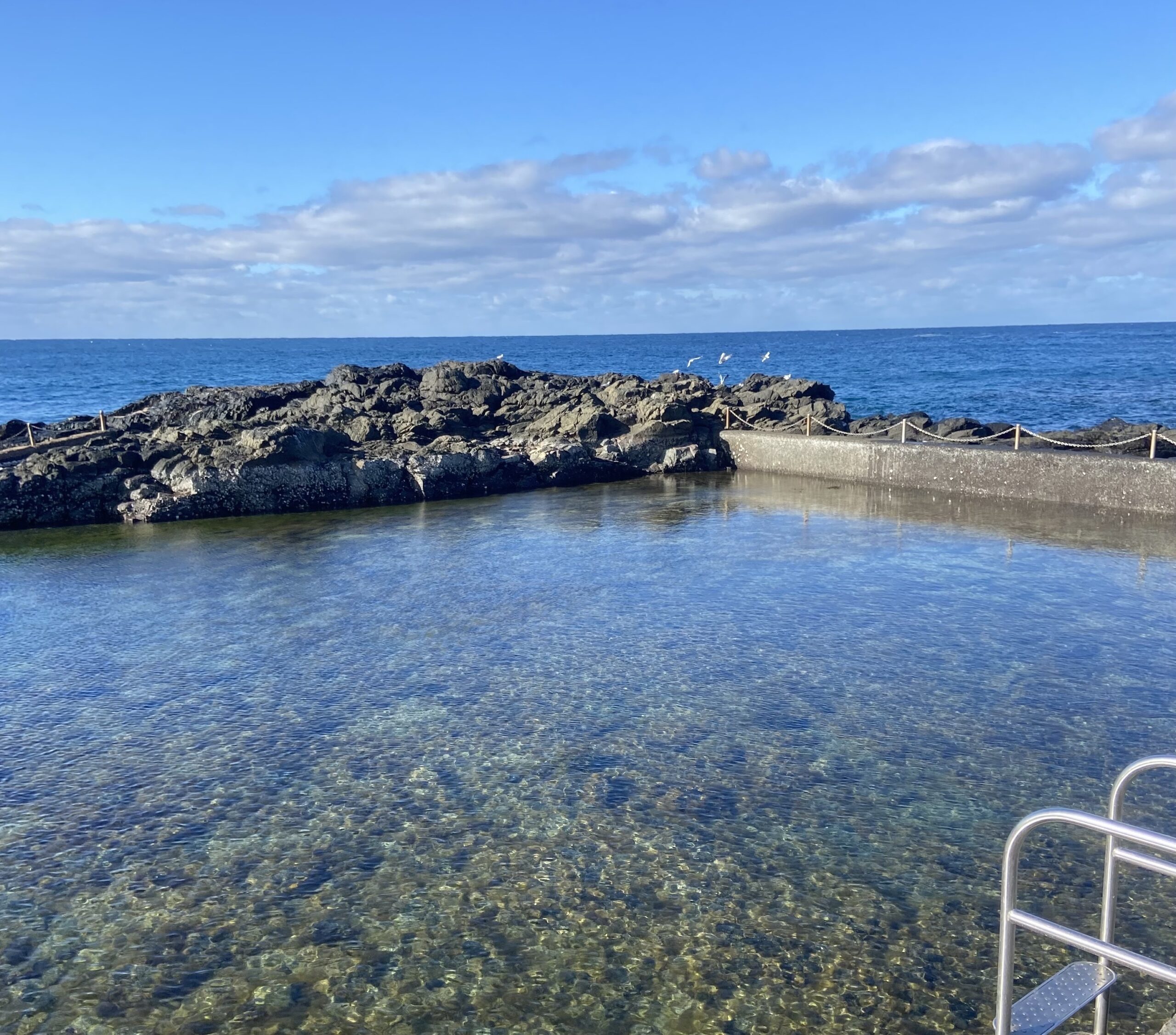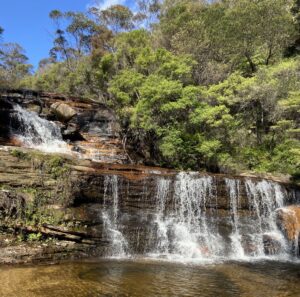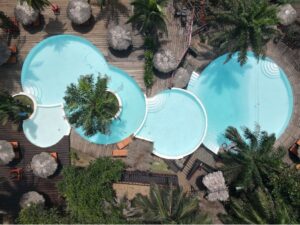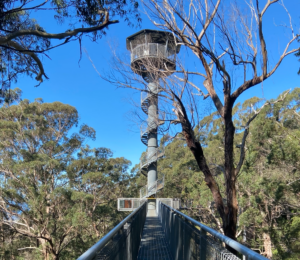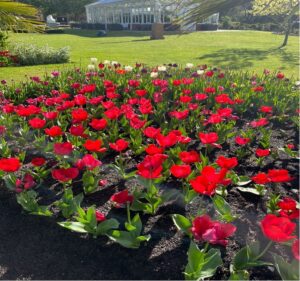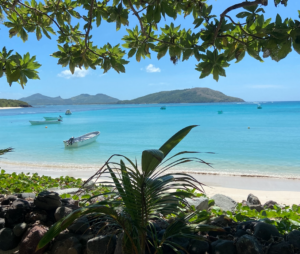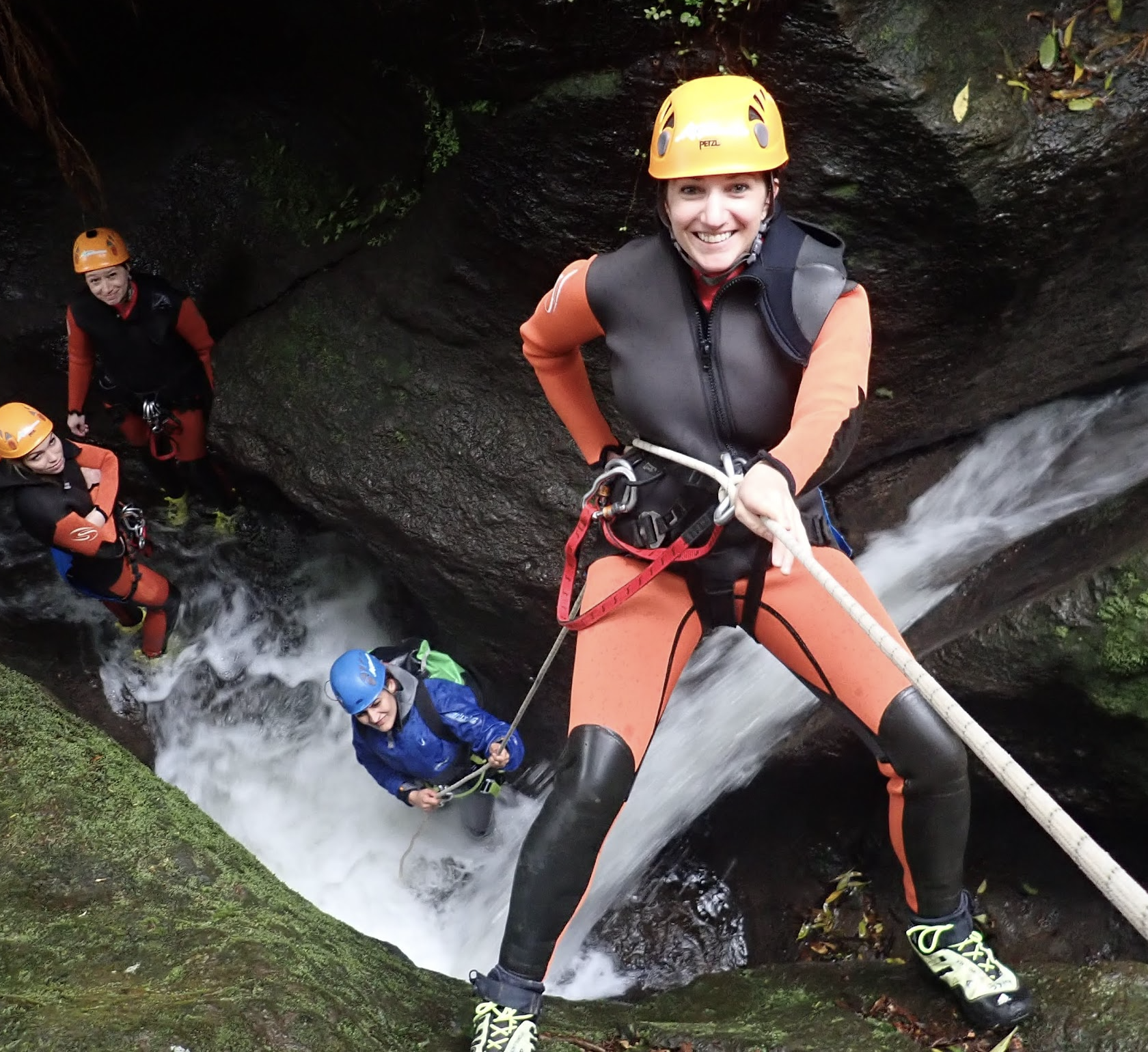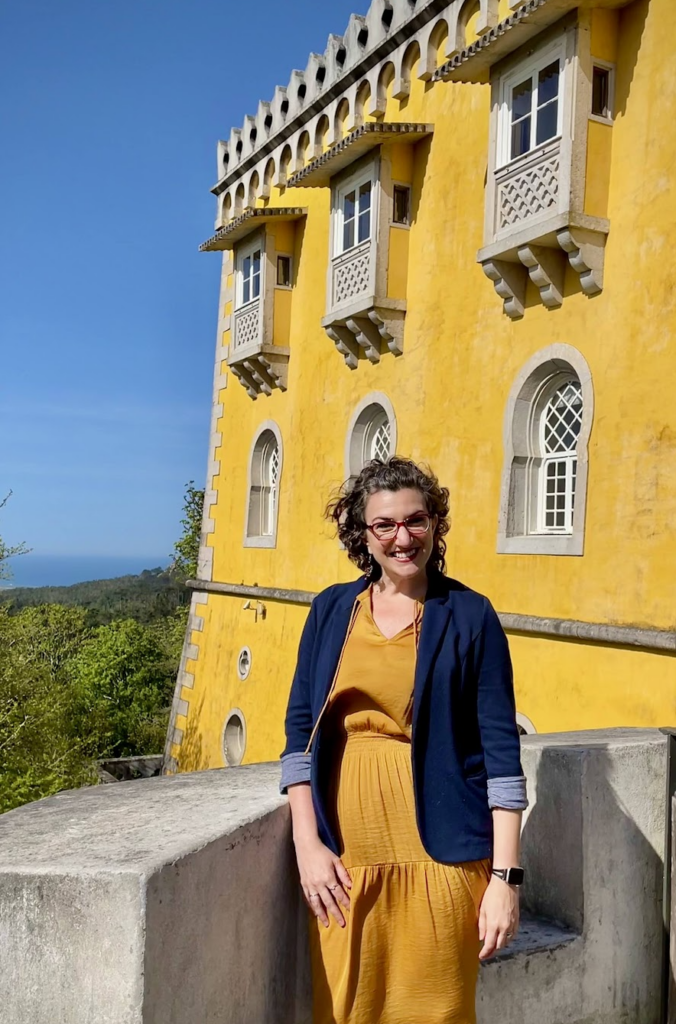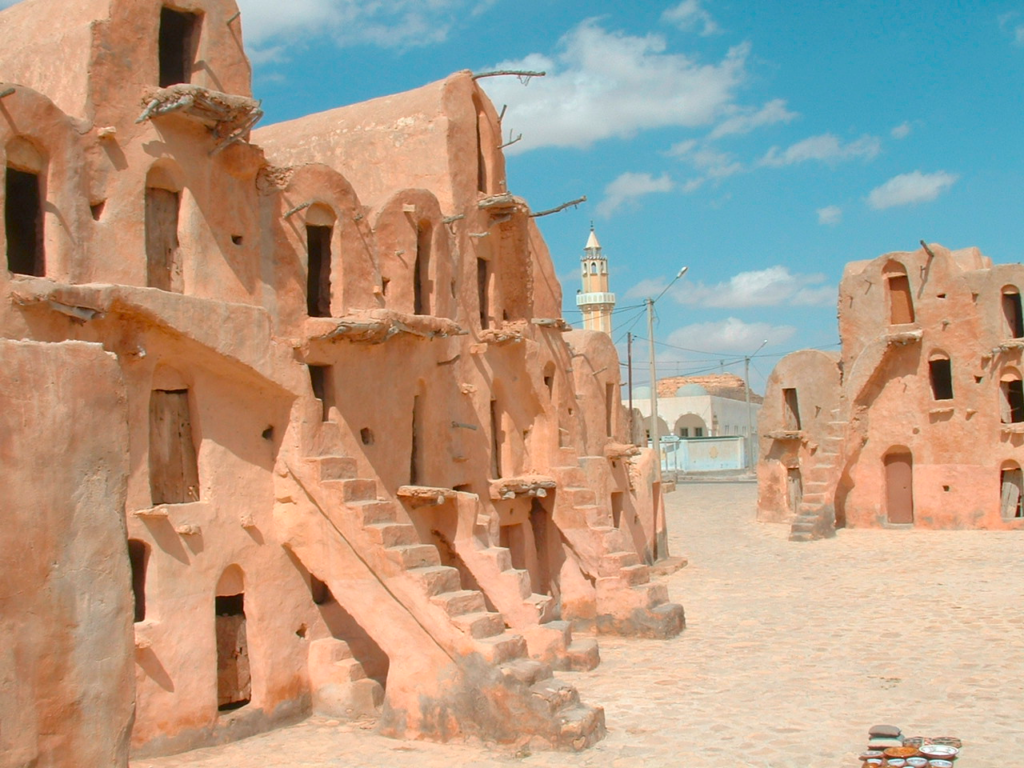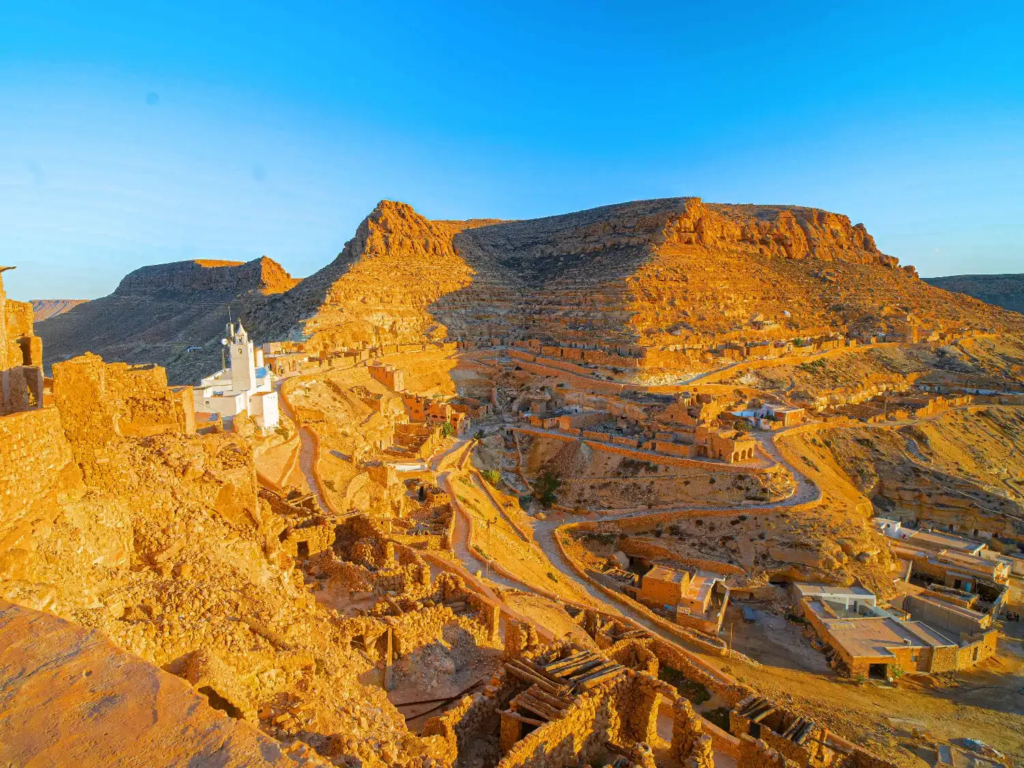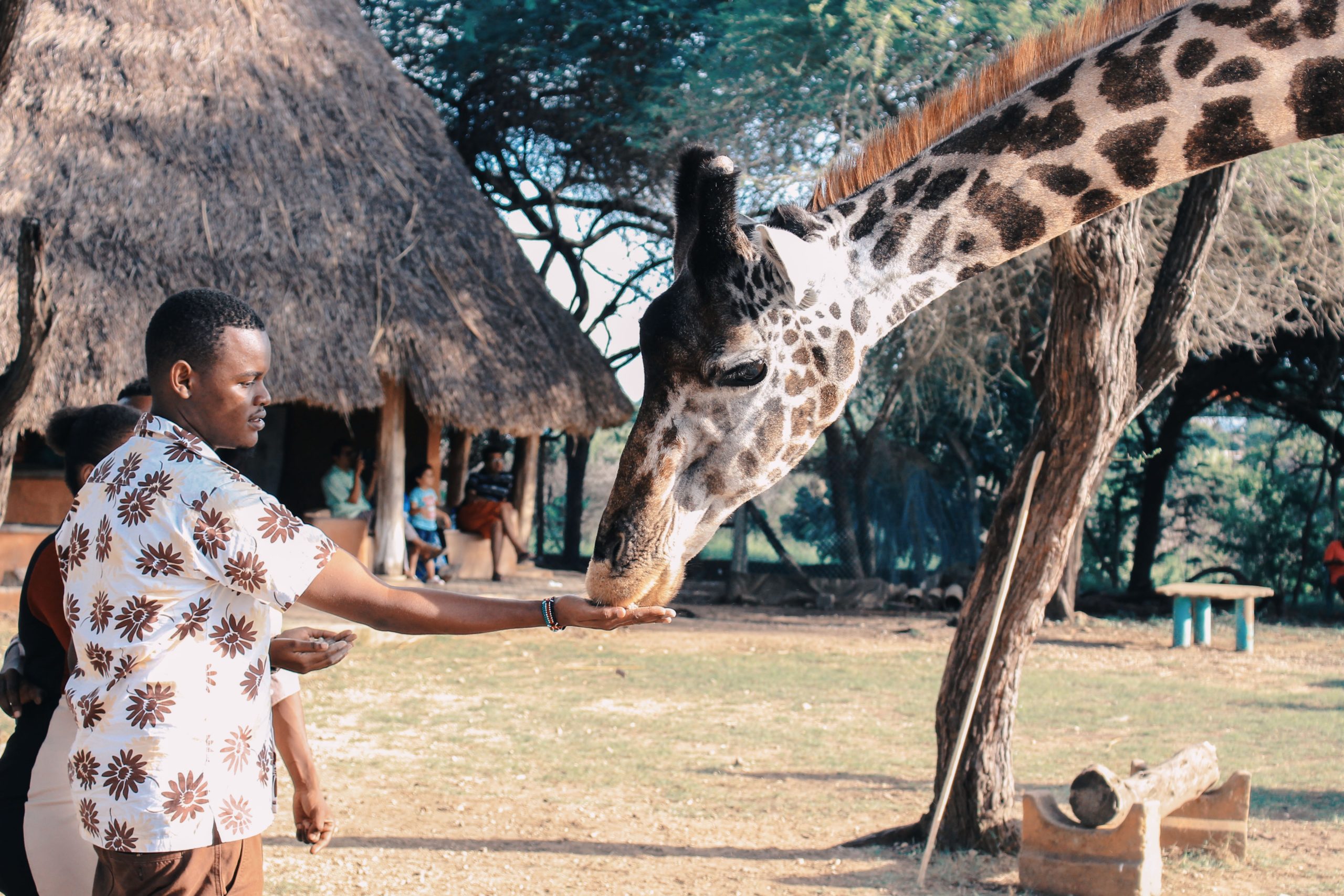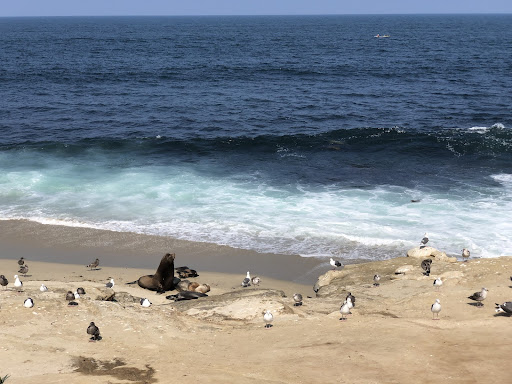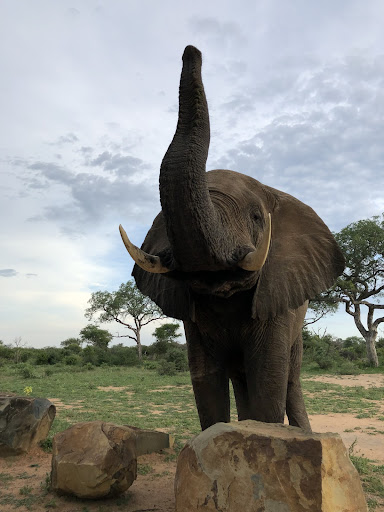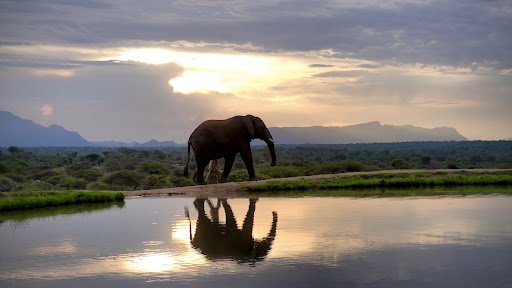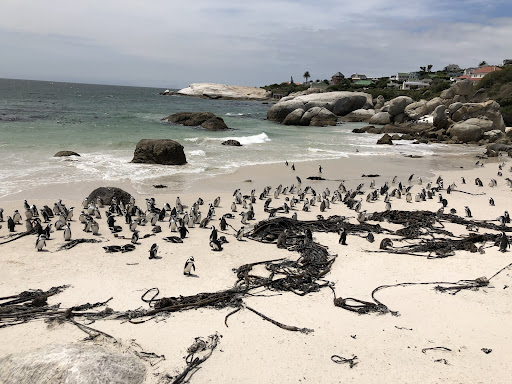Why did I Choose to Intern with Solimar International?

As a recent graduate of the European Masters in Tourism Management program, a joint program with three universities in Denmark, Slovenia, and Spain. I was looking for an opportunity where my interests in sustainable tourism and social media marketing could be met. After researching Solimar International’s projects and internship requirements, it became apparent that Solimar International resonated with my passion and career goals.
I was confident that I would learn and grow a lot within this internship, as I’ve heard my friend’s positive feedback on her summer internship at Solimar International, and how her experience helped her secure a job. I was selected for a 4-month spring internship where I was assigned to work on a project in Liberia, a country of which I’ve heard so little. However, I was enthusiastic about gaining hands-on experience in sustainable tourism consulting and marketing to further my professional growth. I did not regret choosing Solimar International at all. I detail my experience below:
Overview of Liberia as a Country: Introduction to Destination
Liberia, located in West Africa, is bordered by Sierra Leone, Guinea, Ivory Coast, and the Atlantic Ocean. As the oldest republic in Africa, Liberia declared its independence in 1847, having been established as a settlement for freed American slaves. After Liberia’s civil wars from 1989 to 2003, many Liberians fled to the USA. Despite living abroad, they felt a strong connection to their home country. So when the wars ended, many Liberian refugees returned home with degrees and skills gained in America. These educated Liberian-Americans played a key role in rebuilding and reviving Liberia after the conflicts.

Because of long years of political instability, the economy remains extremely underdeveloped, though the tourism sector holds potential for growth and diversification. Thus, in 2019, tourism contributed 9.7% to Liberia’s GDP, totaling $641.3 million.
Tourism in Liberia remains underdeveloped with improvements needed to infrastructure, including transportation, electricity, telecommunications, and accommodation facilities. Despite these obstacles, Liberia offers a unique experience for those with an adventurous spirit. This spirit is captured in its logo, “Liberia: Amazing Discoveries,” and its brand essence, “Freedom to Discover.”
Discovering the Gems of Liberia:

Liberia offers a unique blend of natural wonders, rich cultural heritage, and ocean experience for tourists to explore. This country is rich in wildlife, biodiversity, history, and a deep connection among its people.
Here’s a brief tourist’s guide to some of the must-see attractions in Liberia:
Natural Attractions:
- Mount Nimba: Liberia’s tallest peak at 1,362 meters, offers stunning views and diverse wildlife in its lush rainforest habitat.
- Kpatawee Waterfals: A refreshing cascade nestled in the countryside, accessible via a scenic hike through the forest.
- Sapo National Park: One of West Africa’s last remaining primary rainforests, home to chimpanzees, forest elephants, and other endangered species.
- Marshall Wetlands: A picturesque coastal with rivers, sandy beaches, mangrove forests, and abundant wildlife.
Cultural and Historic Sites:
- Liberian National Museum (Monrovia): Showcasing Liberia’s cultural heritage and history through exhibitions and artifacts.
- Providence Island: A UNESCO World Heritage Site and the landing point for freed American slaves.
Ocean Experiences:
- Robertsport: Known as the “jewel of Liberian surfing,” with year-round warm weather and excellent surf conditions.
- Sport fishing in Liberia is the ultimate dream for any angler, offering the chance to catch five species of fish within 24 hours.
Developing Tourism and Promoting Liberia as a Destination: Project Overview
Liberia has some of the last large areas of the Upper Guinean Rainforest. These forests make up over 40% of the remaining forests with the highest levels of biodiversity. Therefore, Liberia received assistance from the USAID Conservation Works activity to protect these areas. This project was carried out collectively by a group of partners. They aimed to manage protected areas and work with local communities. Above all, they focused on promoting economic growth through sectors like tourism.
As an intern, I worked on the USAID Conservation Works activity with Solimar International, partnering with the Liberian Ministry of Information, Cultural Affairs, and Tourism (MICAT). I supported the implementation of Liberia’s Tourism Marketing Plan and Branding Strategy through developing content for Liberia’s official tourism website, EnjoyLiberia.Travel, and assisting with Conservation Work’s Market Readiness Program by guiding small businesses in digital marketing.
By 2025, the aim is for Liberia to become a fast-growing destination. It seeks to have well-developed tourist facilities and high-quality tourism products for adventure seekers, both internationally and domestically. The plan focuses on leveraging digital marketing strategies and optimized content. This will boost Liberia’s online presence and attract potential visitors. Additionally, Solimar International works closely with local communities. They foster workshops and develop sustainable tourism opportunities that showcase Liberia’s natural and cultural attractions.

Main Tasks Accomplished as an Intern:
Creating Tourism Content for Solimar International’s Website
- Developed a blog titled “Present and Future of AI Evolution in Tourism,” highlighting future trends, pros, and cons of AI in tourism, with examples of companies using AI. After refining the content with feedback from colleagues, the blog was presented to the team and received high praise.
- Learned to optimize a blog by adding keywords, meta descriptions, and improving content structure to boost SEO performance.
Content Creation through Storytelling for the Liberian Official Tourism Website:
- Wrote 4 blogs developing detailed destination guides for Liberia’s top attractions like surfing in Robertsport, sport fishing, cultural sites, and Liberian-made products, outlining practical travel tips and itineraries.
- Conducted keyword research and optimized content for high-volume, relevant keywords like “Liberia tourism”, “Liberia surfing”, “Amazing Liberia”, and “Top West African” based on EnjoyLiberia.Travel website data to improve visibility and target specific audiences.
Collaboration with Local Businesses:
- Showcased stories of 4 local brands offering artisanal souvenirs and authentic experiences to tourists, captivating social media storytelling to attract the target audience segments.
- Featured 2 interviews with local businesses like Liberian Cocoa Corporation and Extreme Fishing Liberia, highlighting their stories and community impact in blogs for EnjoyLiberia.Travel and providing guides for tourists to visit them.
Conservation Work’s Market Readiness Program for Small Businesses:
- Developed how-to guides for small enterprises on using Instagram and Facebook effectively to boost social media presence in the tourism sector.
- Reviewed and provided feedback for 18 tourism businesses to improve their digital presence on multiple platforms across FB, IG, WhatsApp, TripAdvisor, Google Listing, and others.
- Included valuable information in the marketing learning presentation of the Social Media Bootcamp for small businesses on how to shoot content professionally with scarcity of resources and how to create engaging content for captivating storytelling.
- Collaborated with another intern to document changes made by small tourism businesses enrolled in the Social Media Bootcamp.
- Developed individual how-to guides for automation and suggested text for social media sites, considering local businesses’ limited marketing budgets.
Internship Impact and Learnings
An unforgettable aspect of this four-month internship was witnessing my SEO-optimized blog’s success. “Surfing the West African Coast: All You Need to Know About Robertsport, Liberia” was published on EnjoyLiberia.travel. As a result, it inspired 11 tourists to come and surf the waves in Robertsport, Liberia. Through this opportunity, I honed valuable skills in writing structured blogs using SEO keywords and WordPress. I also gained experience conducting interviews and working in an international team. Most importantly, I learned to create engaging, informative content through storytelling and optimizing it for search engines.
Seeing my work align with and contribute to the objectives of the USAID Conservation Works, Solimar International, and the Liberian Ministry of Information, Culture, and Tourism (MICAT) by attracting tourists to Liberia was incredibly gratifying. This experience has solidified my passion for using content creation and digital marketing as powerful tools to drive positive impact and promote tourism destinations and companies involved in the tourism sector.
